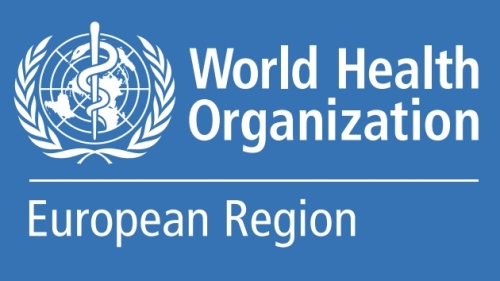
Director of the NYU Steinhardt Drama Therapy Program Dr. Nisha Sajnani, recently contributed to a new policy document for WHO Europe linking evidence on the health benefits of the arts with individuals who have been displaced, either by force or natural disaster. This is the first major advocacy document of its kind and emerged from a collaboration between WHO Europe, Culture Action Europe, University of Oxford, University College London, and New York University.
Dr Sajnani, who is also the founder of Arts & Health @ NYU, explained, “We’ve always known that the arts contribute to our wellbeing however, we now have evidence to demonstrate what components in the arts and arts therapies are health promoting such as sensory activation, social interaction, emotional expression, cognitive stimulation, and physical activity.” Dr. Sajnani was part of an international team that recently published research on common factors of change across the arts therapies in a special issue of Frontiers in Psychology on the psychological and physiological benefits of the arts which she co-edited last year.
In the first months of 2022, more than 100 million individuals were displaced worldwide, according to The Office of the United Nations High Commissioner for Refugees. Ukraine is believed to have had 7 million people displaced thus far due to the war. Whether displacement is caused by war, natural disasters, human right violations or persecution, the result for those affected can be significant psychological distress.
The new policy document provides evidence that art based activities and arts therapies including: visual art and art therapy, dance and dance/movement therapy, music and music therapy, theatre and drama therapy, and film can meaningfully improve one’s self confidence while promoting social involvement, opportunities to grieve losses, a renewed sense of belonging, and offer hope.
One close to home example she shared of the way music can help a community heal was during the pandemic when people would lean out their windows and come out on their balconies to sing and play music together. It was a way of co-creating a moment of joy in a moment of uncertainty and anxiety and be a part of a shared experience while living with the hardship of being isolated and afraid.
Dr. Sajnani explained that the goal of this document is for countries, cities, health, education, social service, and cultural institutions, and individuals to take inspiration from the findings and advocate for increased investment in the arts and arts therapies as a means of improving social integration and mental and physical well-being for those who are forcibly displaced and host communities.
